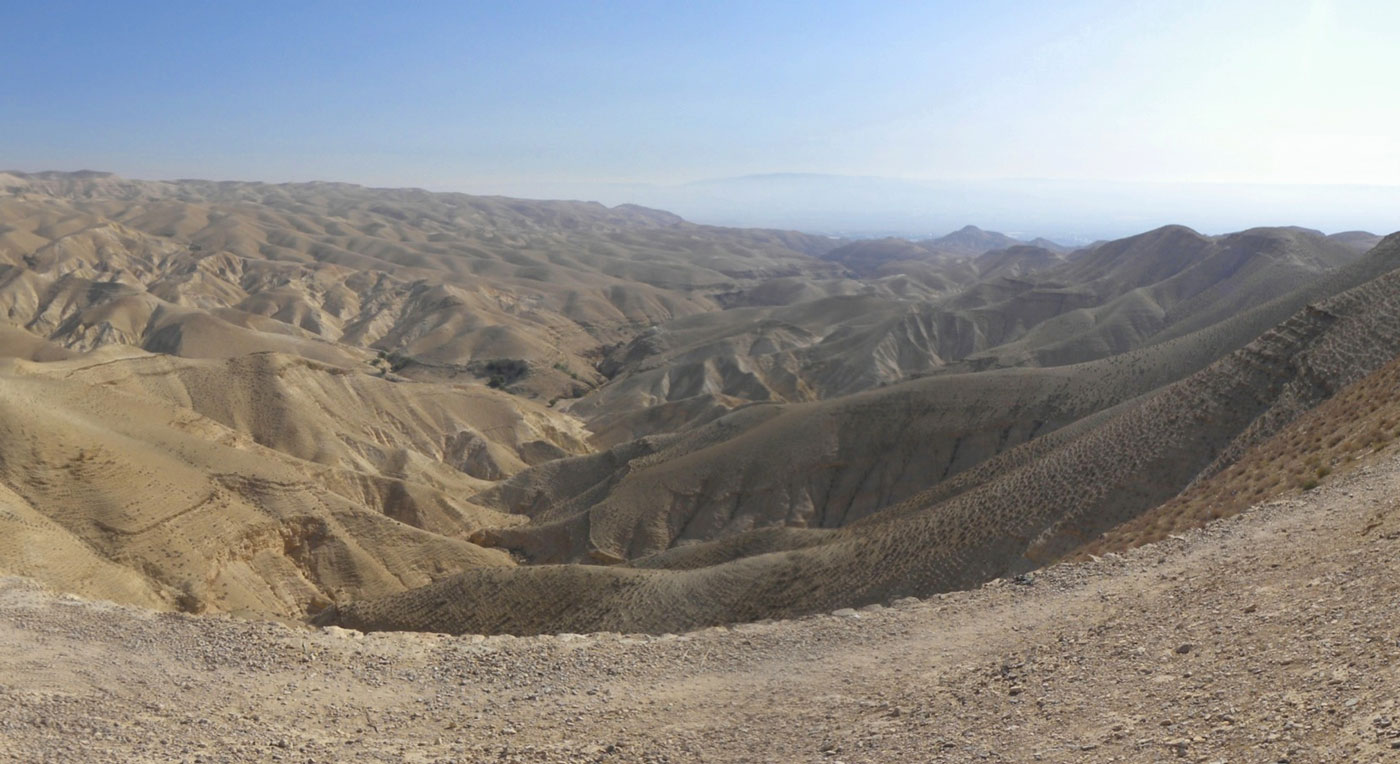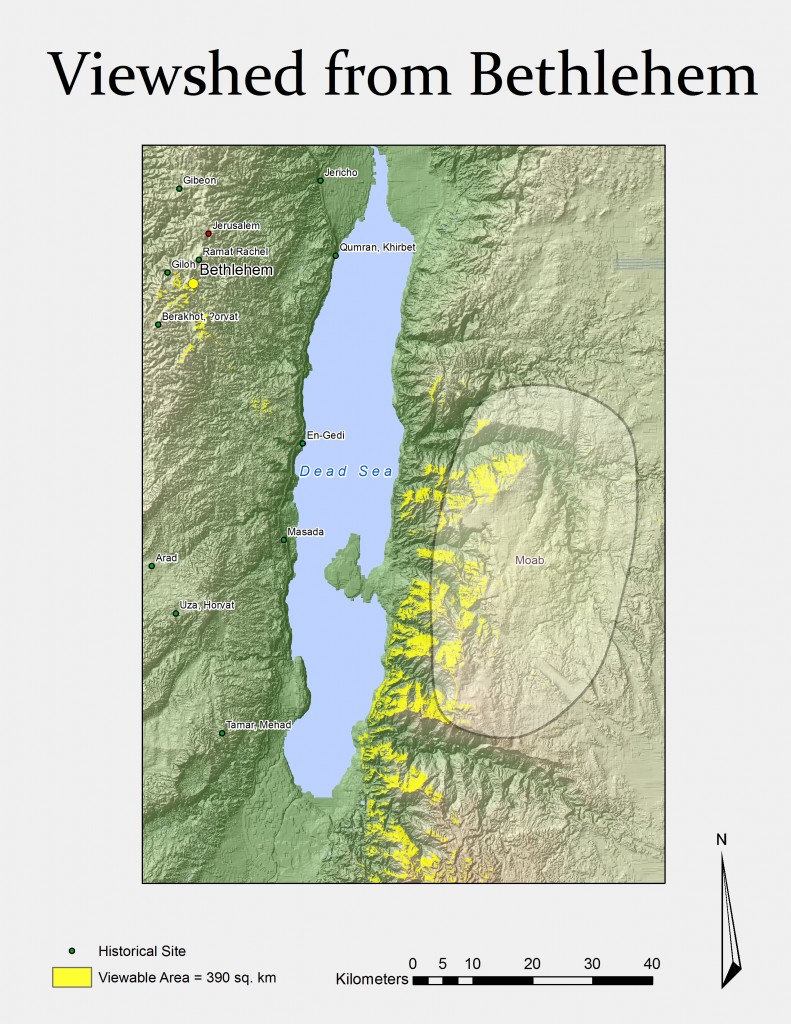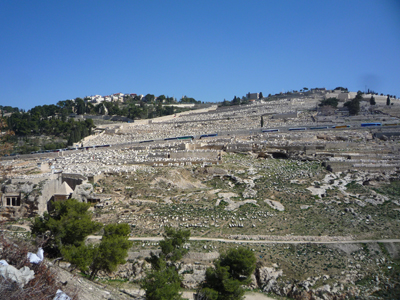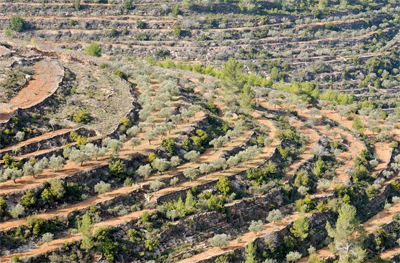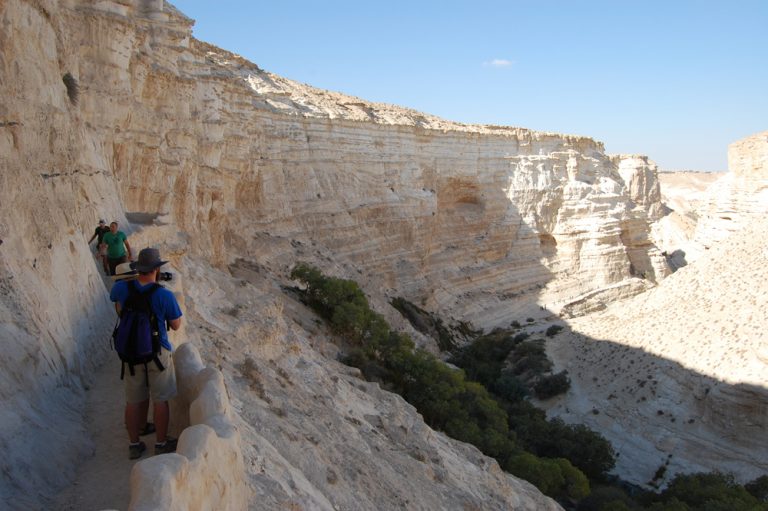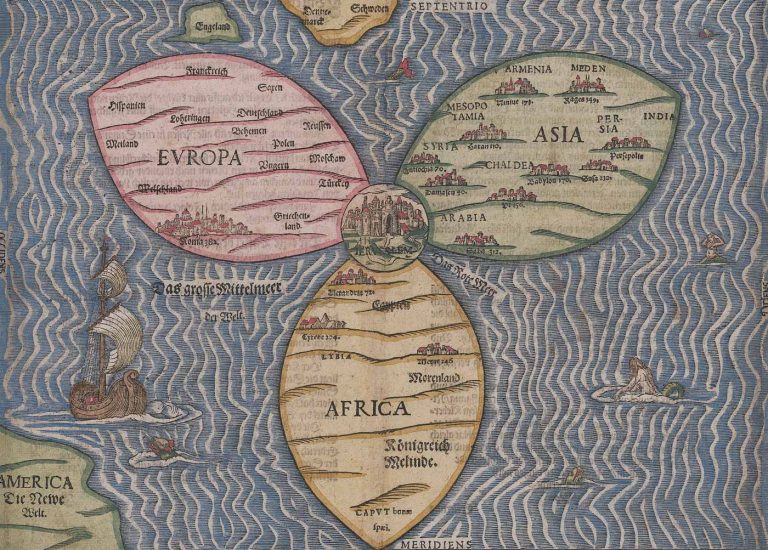Sometimes, the grass IS greener on the other side
Wayne Stiles recently posted on the importance of focus and sight in your daily thought life (link to Wayne Stile’s article here). It reminded me that lines of sight played an important role in the thought life of the biblical characters as well.
The geography of the land of the bible played an important role in creating and restricting particular lines of sight. For many of the biblical characters the highly variegated topography of Israel and Jordan meant that their personal geography, the area of land which they saw and thought about on a daily basis, could significantly impact their daily life.
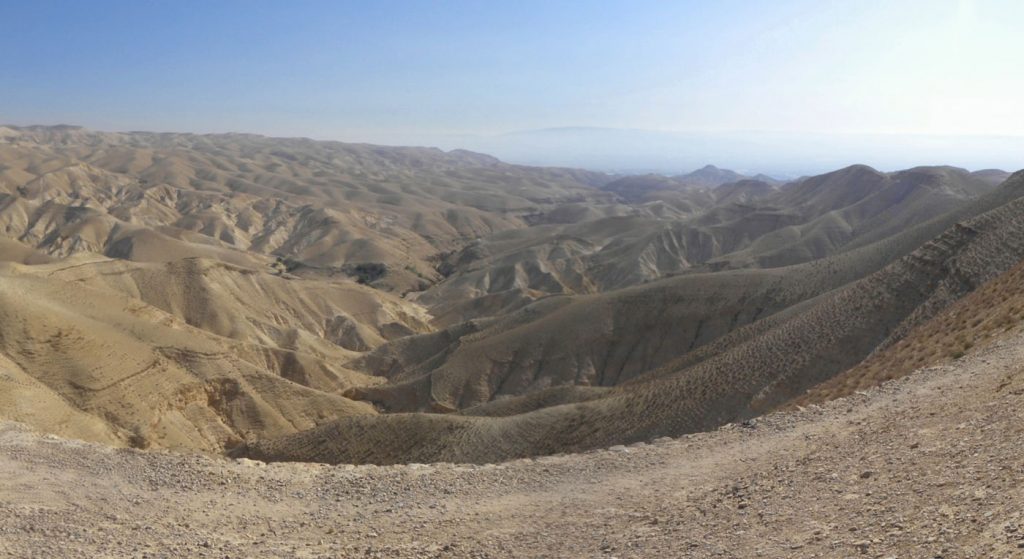
Take for example Elimelech and Naomi.
Rabbinic tradition has held that Elimelech and his two sons fled Bethlehem because they “were stingy” (Ruth Zuta 1:2). In this view, Elimelech is seen as a wealthy man of Bethlehem who abandons his land because he can afford to, rather than using his wealth to aid his community in crisis. Mishnah holds that the three’s subsequent deaths in the Book of Ruth are directly related to this “sin.”
Unfortunately, this tends to read much more into the text than the two facts which are there: there was a famine in Judah and Elimelech subsequently took his family to Moab. (Ruth 1:1-2)
Having a better understanding of Elimelech’s personal geography provides a more banal explanation for his sojourns in Moab. Namely, the grass is always greener on the other side.
In this case, the maxim can be taken quite literally. Bethlehem lies just east of the central ridge running the length of the Judean hill country, and as such, it exists on the periphery of the sown lands in the rain shadow of the central mountain range. Hemmed in by the ridge to the west, Bethlehem had a decided eastward focus. This meant that it overlooked the parched pasturelands of the Judean wilderness, across the rift valley and Dead Sea towards the wonderful sight of the Transjordanian Highlands to the south east.
Much higher, these highlands were better suited for agriculture and would have been well watered, allowing the green vegetation lining the rise to the plains of Moab to be visible even from as far away as Bethlehem.
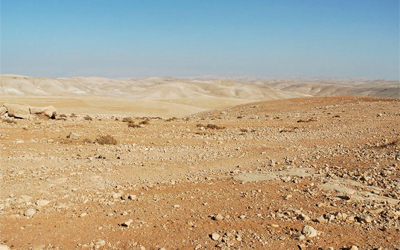
Pictures, like the one above, can only do so much. They can show you how the plains of Moab were within sight of Bethlehem. They can show you how Moab can sometimes appear as a lush carpet of green compared to the desiccated Judean wilderness. They can even show you the rise of the central ridge to the west. But, they cannot give you overarching sense of how the geography of Bethlehem was focused. Unless, you’re standing in Elimelech’s or Naomi’s shoes, in Bethlehem, it’s hard to get a handle on their personal geography.
That’s why I made the following map some years ago. It depicts all the land that is visible when standing in the Ancient city of Bethlehem. Everything that is yellow would have been visible from a person, even a short person, standing in Elimelech’s or Naomi’s sandals.
We know from this map the following:
- Bethlehem (the yellow dot) is decidedly eastern looking.
- While other fruitful plains were available to the residents of Judah, such as the Benjamin plateau north of Jerusalem, or the Philistine Coastal plain to the west of Judah, Bethlehem only had eyes for the plains of Moab.
- In times of famine in Judah, the lush slopes of Moab accross the rift valley would have looked ripe for the picking.
Elimelech and Naomi left for Moab during Bethlehem’s famine because it was the only prospect they could see in their personal geography.
Focusing your personal geography
What is the focus of your personal geography? If you are in ministry, what do you think about as you drive past the mega-church on your way to your own small flock? How has the greener grass on the other side of the rift valley led you to sojourn in a land you were not meant to live? If you are not in ministry, what opportunities do you see on the horizon, what opportunities closer to home are you missing because of the ridge blocking your view? Leave an answer in the comments below!

